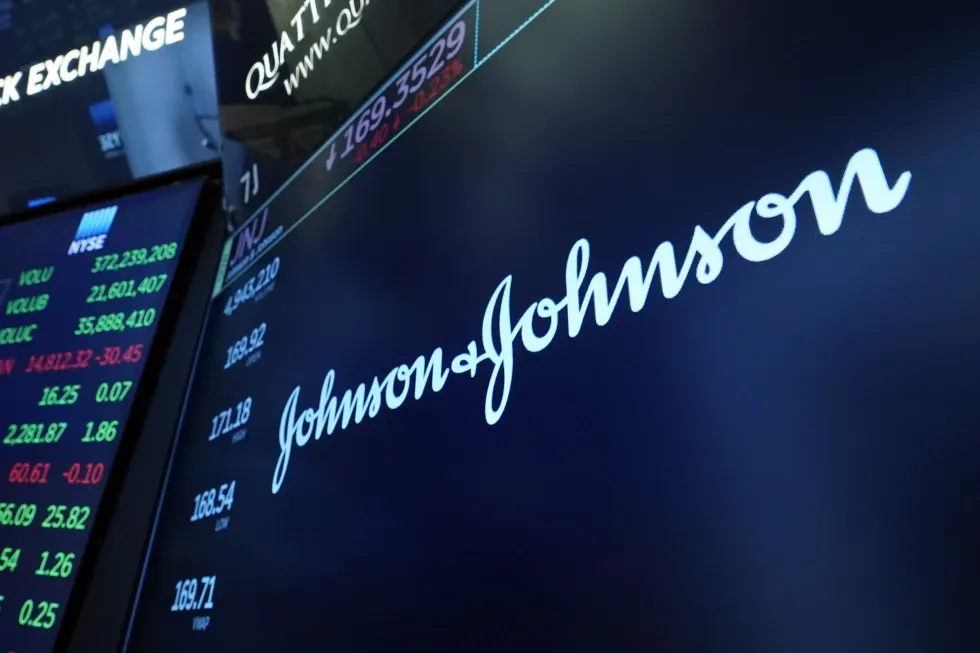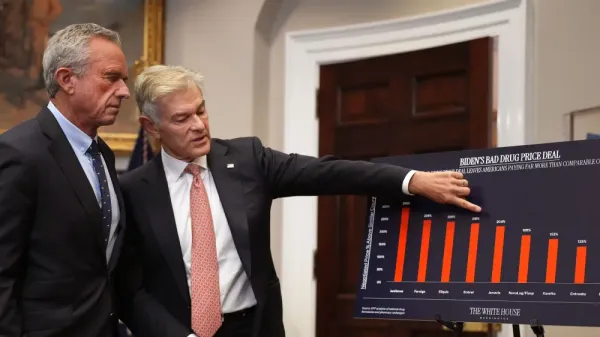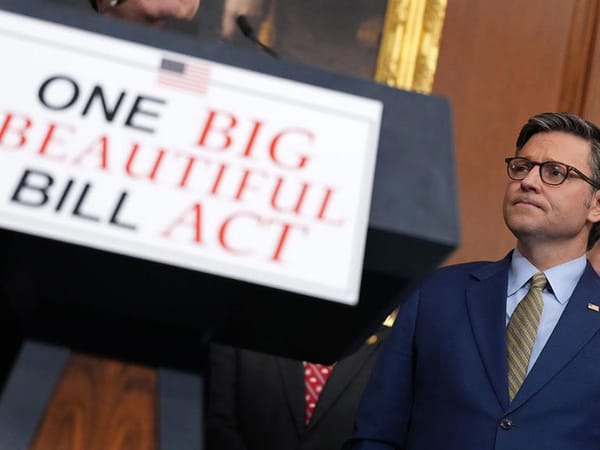Monitoring the Tariff Impact on Benefits...

Health care costs in the U.S. are overwhelmingly driven by prescription drug prices, which continue to outpace inflation and international benchmarks, straining patients, providers and public coffers.
Direct Cost Increases for Drugmakers
Johnson & Johnson alone expects to absorb roughly $400 million in tariff‐related expenses this year, driven by U.S. duties on Chinese imports and retaliatory measures from China—costs that currently hit its medical‑device arm but could soon extend into pharmaceuticals if new levies materialize AP News. While J&J’s contractual commitments limit immediate price‑passing, other manufacturers may face narrower margins and more pressure to adjust list prices if tariffs persist.
Short‑Term Absorption vs. Long‑Term Pass‑Through
Analysts predict that in the short term, brand‑name drugmakers will largely absorb tariff costs rather than increasing prices at the pharmacy counter—relying on insurers and rebate structures to shield patients Reuters. However, sustained tariffs—especially on cost‑sensitive generics imported from India and China, which account for over 90% of U.S. prescription volume—could eventually force price adjustments or spur insurers to renegotiate reimbursement rates Reuters.
Supply Chain Disruptions and Shortages
Tariffs on active pharmaceutical ingredients risk slowing the flow of critical drugs into the U.S., potentially leading to shortages and higher emergency procurement costs. As J&J CEO Joaquin Duato warns, tariffs “could lead to supply chain issues and shortages,” underscoring the vulnerability of a system built on global manufacturing networks AP News.
Incentive to Onshore Production
In response to tariff threats, several major firms—including Johnson & Johnson with its planned $55 billion domestic‑manufacturing investment—are accelerating efforts to reshore production AP News. While onshoring can reduce exposure to import duties, the transition is capital‑intensive and time‑consuming, meaning tariffs may continue to influence costs and availability in the interim.
Impact on R&D and Innovation
Higher input costs and margin pressure from tariffs could compel drugmakers to reallocate budgets, potentially slowing research and development for new therapies. Generic manufacturers, operating on razor‑thin margins, may be forced to scale back production or delay launches, reducing competitive downward pressure on brand‑name prices Reuters.
Policy Trade‑Offs: Tariffs vs. Tax Incentives
Industry leaders argue that tax incentives—rather than broad tariffs—offer a more effective lever to bolster U.S. pharmaceutical manufacturing without fueling cost‑push inflation in drug prices AP News. Policymakers face a balancing act: using trade tools to protect domestic industry while avoiding unintended spikes in health care expenses for patients and payers.
Although major drugmakers may initially absorb duties, prolonged or expanded pharmaceutical tariffs are likely to filter through to U.S. drug prices over time, exacerbate supply‑chain risks and squeeze innovation budgets. Strategic tax and investment incentives, paired with careful calibration of trade policy, will be critical to safeguard both affordability and the resilience of America’s medicine supply. The tariffs situation will continue to bring uncertainty to parts if not all the US economy as well as one of the highest inflationary components to the health plan, drugs. Our pharmacy consulting team brings a deep bench strength to support our clients in these uncertain time.



